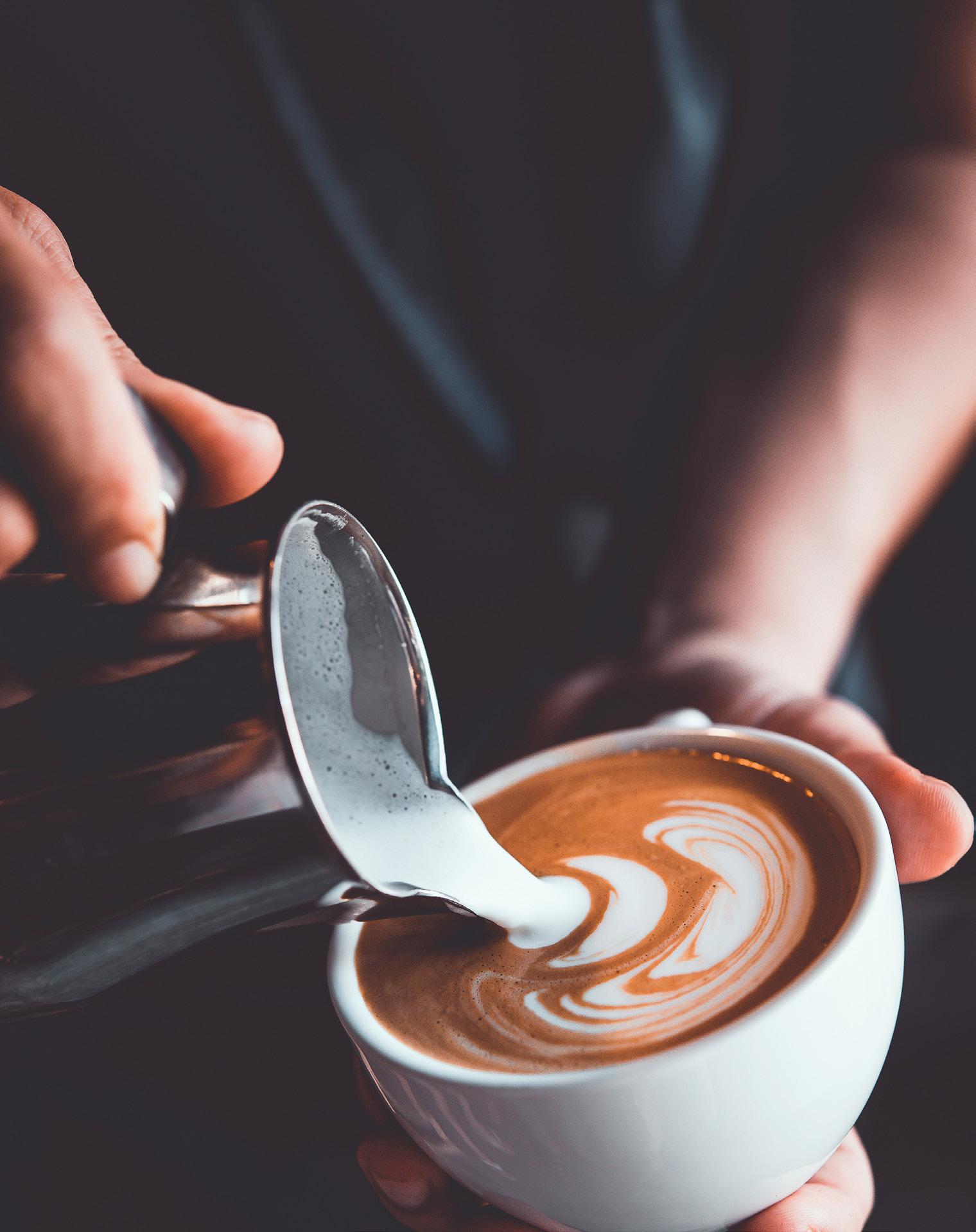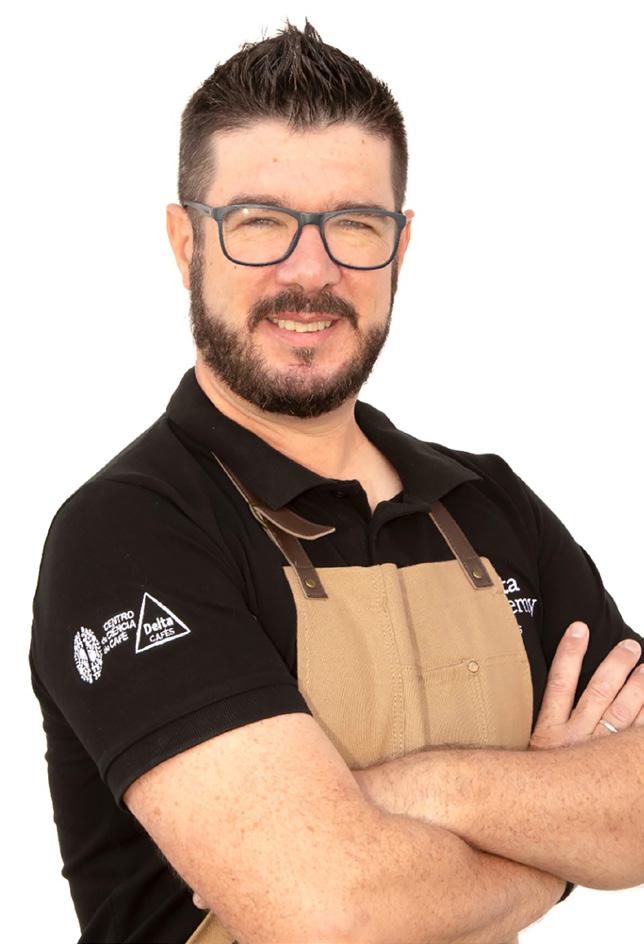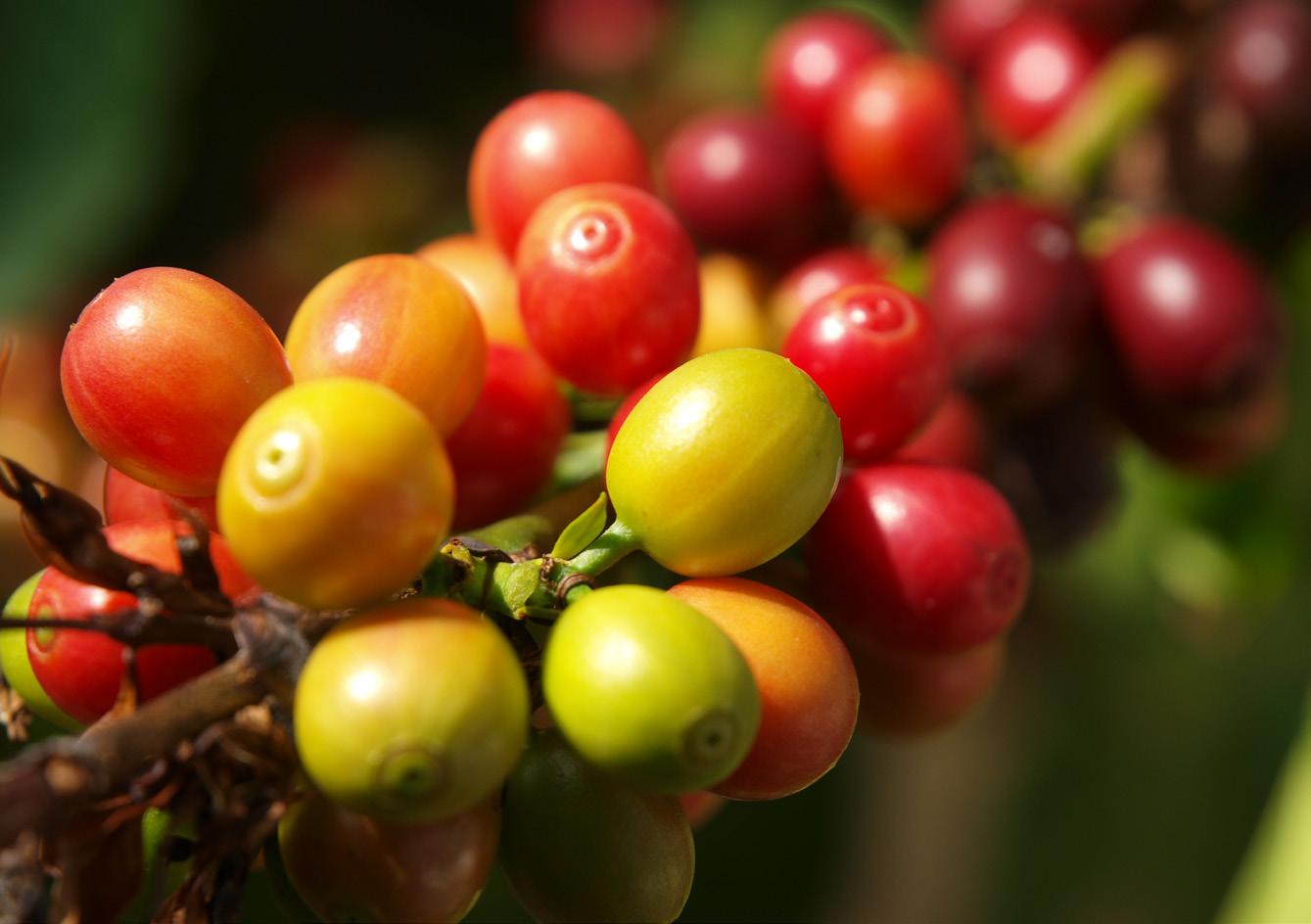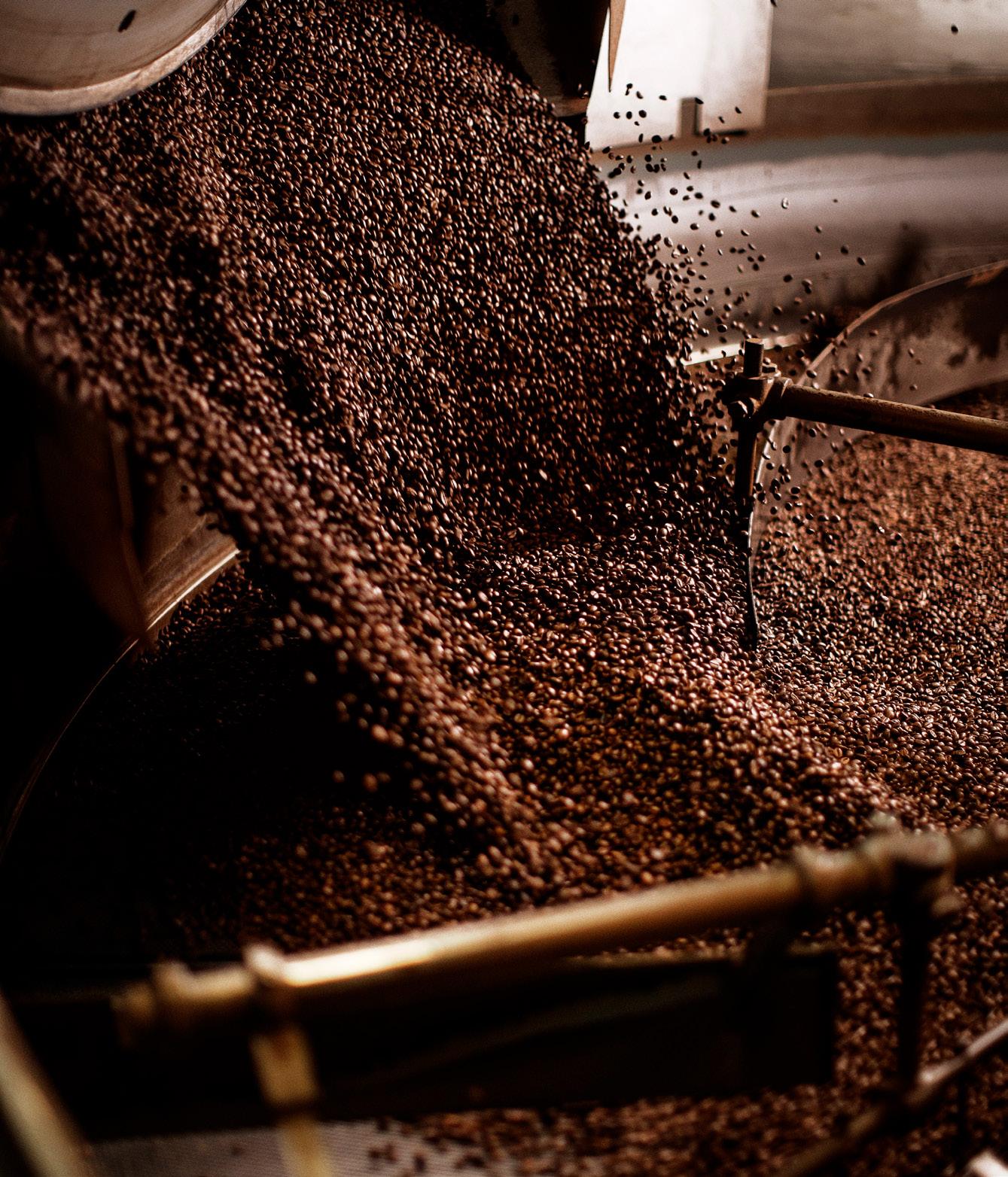
6 minute read
Good to the Last Drop: maximising the coffee experience
With Paulo Grifo
For many decades, in Western European and North American dining situations, the offer of coffee or espresso at the end of the meal was done with little motivation or thought other than a natural closing to a meal. A lot has changed as coffee culture has exploded in last quarter century, with consumers seeking out the origins of their beans, the specificity of the roasting process, and embracing a myriad of coffee drinks personalized to their own specific tastes. We asked Paulo Grifo, Barista Trainer at the Coffee Science Center Barista Academy by Delta Cafés in Portugal to discuss the evolution of coffee service.
ASI: Do you think it is fair to say that there has been a revolution in coffee service over the last quarter century?
Paolo Grifo (PG): When we look at the revolution in coffee service it is important to analyse the history of coffee consumption to understand contemporary consumer preferences and rituals. Today consumers use coffee as a mean for the expression of individual personality. They study geographical origins, and the impact of the coffee roasting profile on cup quality and on the tasting experience.
The increasing awareness of the consumers about the role of the barista, that not only offers you the perfect espresso carefully brewed to reveal and cherish the identity of each coffee but also signature beverages that allow tasting and discovering new flavour combinations are intangible benefits which promote connoisseurship.
From here it is natural that consumers start looking after new ways of combining coffee not only in beverage format, but as a pairing to food. A certain roasting profile can result in aroma notes that are complementary pairings with food. The possibilities are endless and truly inspiring.
ASI: Do you find restaurants are ‘upping’ their coffee service game?
PG: Yes. There is an increasingly larger number of chefs interacting with baristas to find the best pairing between their gastronomic offer and the coffee which is an important part of the overall tasting experience. At Delta Cafés we believe that there are two important aspects related to what you refer as upping the coffee service: firstly, the opportunity for demonstrating social distinction through connoisseurship and taste, enhancing the importance of referencing the origin of the coffee you are presenting and, secondly, the endless possibilities of synergies between food proposition and coffee which can inclusively allow to work on coffee flavour design through different roasting profiles to a achieve a specific coffee character. Moreover, the different possible rituals of brewing, the surrounding environment in the café or in the restaurant, the moment of the day in which you have the tasting experience, allow to create new experiences for which there is a consumers’ willingness to pay a premium price for their coffees.
In Portugal, our coffee culture is mostly based on blends, not on single origin coffees. In our coffee we seek balance. However, in some top restaurants, knowing a coffee’s origins and how it’s cultivated, as well as knowing if is farmed sustainability or not, are becoming increasingly important.
ASI: Is there a terroir of coffee?

PG: Yes, there is. When we refer to the terroir we are talking about how the quality of a cup coffee is driven based on the chemistry of the green coffee bean that results from environmental factors such as altitude, radiation, temperature, water availability, and seasonality, from coffee plant species and varietal, and how the plant is responding to the local climate conditions through its ecophysiology during the green coffee bean development, and also from the local agricultural practices (shade trees, irrigation, fertilisation, soil characteristics and local geology). Agriculture, the origins of which can be traced to the early Holocene, has been fundamental in shaping the development of human society. Given its importance, the accurate estimate of crop yields in the past can shed light on several questions, also concerning coffee production, the aspects of the relationship between coffee production and the natural resources usage, enabling to infer cultivation strategies of a particular period and to evaluate the environmental effects of the land use. This is important work that scientists have been developing combining several domains of expertise to better understand what improves the coffee quality. The diversity in the combination of these edaphoclimatic factors along the coffee production zone, approximately 25 South Latitude to 25 North Latitude suggests right away the importance of the terroir to coffee quality.

Nonetheless, we should not forget the impact of the post-harvest processing of the coffee, and that the green coffee bean works as a reactor under a specific roasting profile, so everything that composes it from the chemical point of view determines the result of the roasting process, and ultimately the tasting experience.
ASI: How should coffee be stored to ensure maximum freshness?
PG: While closed in the package, coffee must be stored in a dark place, away from sources of heat and water, we must pay attention and use the FIFO rule (First In, First Out) so that we do not let the coffee age, from the moment of opening the packaging, coffee should be consumed as soon as possible. The remainder should be kept in a dry place, without oxygen, preferably in a vacuum or in a container that allows air to be removed so as not to cause oxidation.
ASI: What are some of things a sommelier, beverage manager can do, in terms of staff training, to ensure the coffee they serve is the best it can be?
PG: I recommend working collaboratively with coffee experts and having your team talk with customers.
We (Delta Cafés) have our own in-house methodology, at our factory at Campo Maior, Portugal, for sensory analysis of the coffee encompassing both chemical and sensory analysis, conducted by our scientists, coffee tasters and our roaster, to create a sensory claim to communicate with the consumers. On the other hand, our baristas, at Barista Academy, who are the ones serving the coffee to the consumers, offer knowledge and sensory guidelines, and encourage the consumer and our clients to try new tasting experiences. When doing this, the barista is guiding the consumer in the tasting experience of the coffee and can share the complexity of the terroir, the diversity of geographical origins, and the impact of the roasting process. The process requires constant training and experimenting to tell the beautiful story of the value chain of each coffee.


